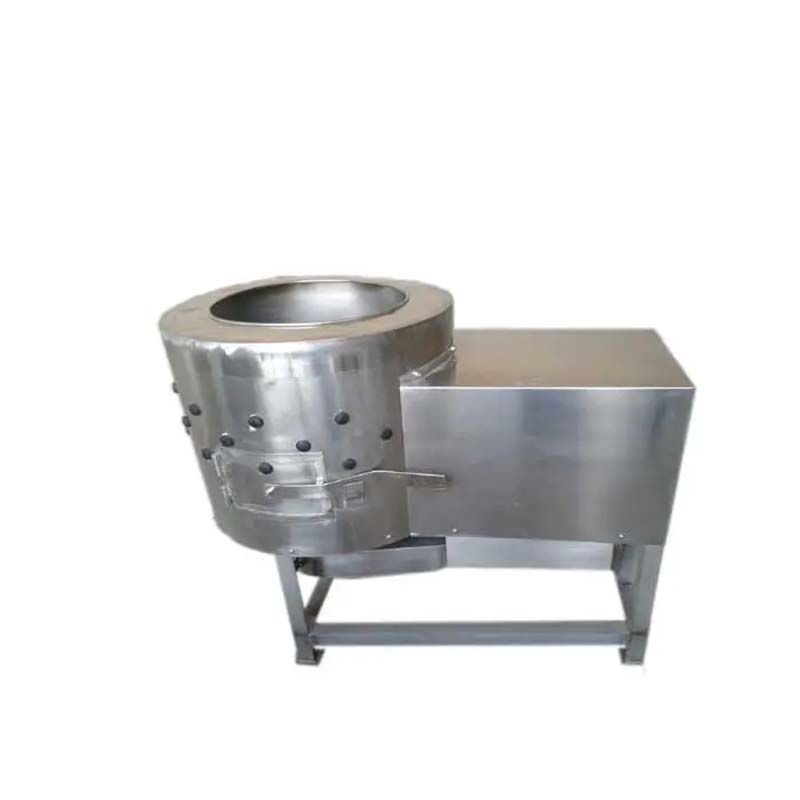Animal Feed Pellet Machine for Efficient Feed Production and Livestock Nutrition
Nov . 27, 2024 03:26 Back to list
Animal Feed Pellet Machine for Efficient Feed Production and Livestock Nutrition
The Role of Pellet Making Machines in Animal Feed Production
In the modern era of agriculture and livestock management, the nutritional needs of animals are paramount. As farmers and animal husbandry professionals strive to enhance the health and productivity of their livestock, the importance of high-quality animal feed cannot be overstated. One of the key innovations in this field is the pellet making machine, a device that plays a vital role in producing efficient, digestible, and nutrient-rich animal feed.
What is a Pellet Making Machine?
A pellet making machine, also known as a pellet mill or pellet press, is a specialized device designed to compress feed ingredients into small, uniform pellets. These machines are powered by electric or diesel engines and can vary in size, capacity, and technical specifications depending on the intended scale of production. The process typically involves feeding raw materials such as grains, forage, vitamins, and minerals into the machine, where they are subjected to heat and pressure to form dense pellets.
Benefits of Pelletized Animal Feed
1. Improved Nutritional Value Pelleting process enhances the nutritional value of animal feed by increasing digestibility. When feed ingredients are ground into meal form, some nutrients may become less available to animals. The pelletization process helps break down cell walls, making nutrients more accessible.
2. Reduction of Waste The compact nature of pellets reduces feed waste, as animals are less likely to select and discard specific ingredients. This not only enhances feed efficiency but also contributes to cost savings for farmers.
3. Enhanced Feed Storage Pellets are easier to store and transport compared to bulk feed. Their reduced size and weight allow for more efficient storage solutions, which can be particularly beneficial for large-scale operations.
pellet making machine for animal feed

4. Consistent Quality Pellet making machines can produce feed with a consistent size and composition, ensuring that livestock receives the same nutrition in every bite. This uniformity helps in achieving desired growth rates and health standards.
Types of Raw Materials Used
Pellet making machines can process a wide array of raw materials. Common ingredients include
- Grains Corn, wheat, barley, and oats provide essential carbohydrates. - Proteins Soybean meal, fish meal, and other protein-rich feeds are crucial for muscle development in livestock. - Forages Alfalfa, grass, and other fibrous materials contribute to overall dietary balance. - Additives Vitamins and minerals ensure that animals receive all necessary nutrients for optimal health.
The Process of Pellet Production
The production of pelleted feed involves several steps. Initially, raw materials are ground into a fine powder using a grinder. The ground feed is then mixed with additional ingredients, often with the inclusion of moisture and heat, to form a mash. This mash is fed into the pellet mill, where it is forced through a die under high pressure and temperature, forming pellets. Finally, the pellets are cooled and dried to ensure they are stable and safe for storage.
Conclusion
Investing in a pellet making machine for animal feed production can significantly enhance the efficiency and quality of feed, leading to healthier livestock and improved productivity. Whether on a small farm or a large commercial operation, the ability to produce customized feed pellets tailored to the specific needs of animals is invaluable. As the demand for high-quality animal products continues to rise, pellet making machines represent a key technology in the sustainable advancement of livestock nutrition and farming practices. With their numerous benefits, these machines are likely to remain an integral part of the animal feed industry for years to come.
-
Automatic Feeding Line System - Anping County Yize Metal Products Co., Ltd.|Pan Feeder Nipple Drinker,Broiler Farming
NewsJul.30,2025
-
Automatic Feeding Line System Pan Feeder Nipple Drinker-Anping County Yize Metal Products Co., Ltd.
NewsJul.30,2025
-
Automatic Feeding Line System-Anping County Yize Metal Products Co., Ltd.|Durable Construction&Easy Maintenance
NewsJul.30,2025
-
Automatic Feeding Line System-Anping County Yize Metal Products Co., Ltd.|Pan Feeder Nipple Drinker&Durable Poultry Farming Solution
NewsJul.30,2025
-
Automatic Feeding Line System Pan Feeder Nipple Drinker|Anping County Yize Metal Products Co., Ltd.
NewsJul.29,2025
-
Automatic Feeding Line System-Pan Feeder Nipple Drinker|Anping County Yize Metal Products Co., Ltd.
NewsJul.29,2025






